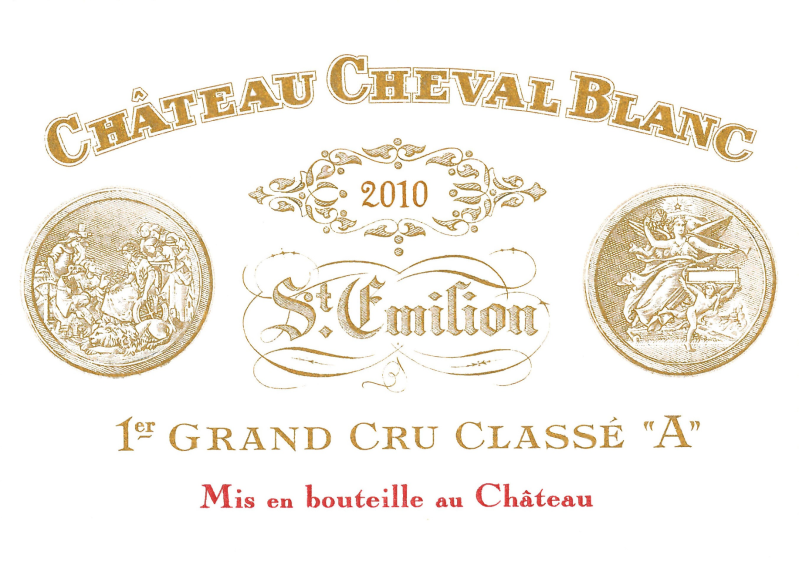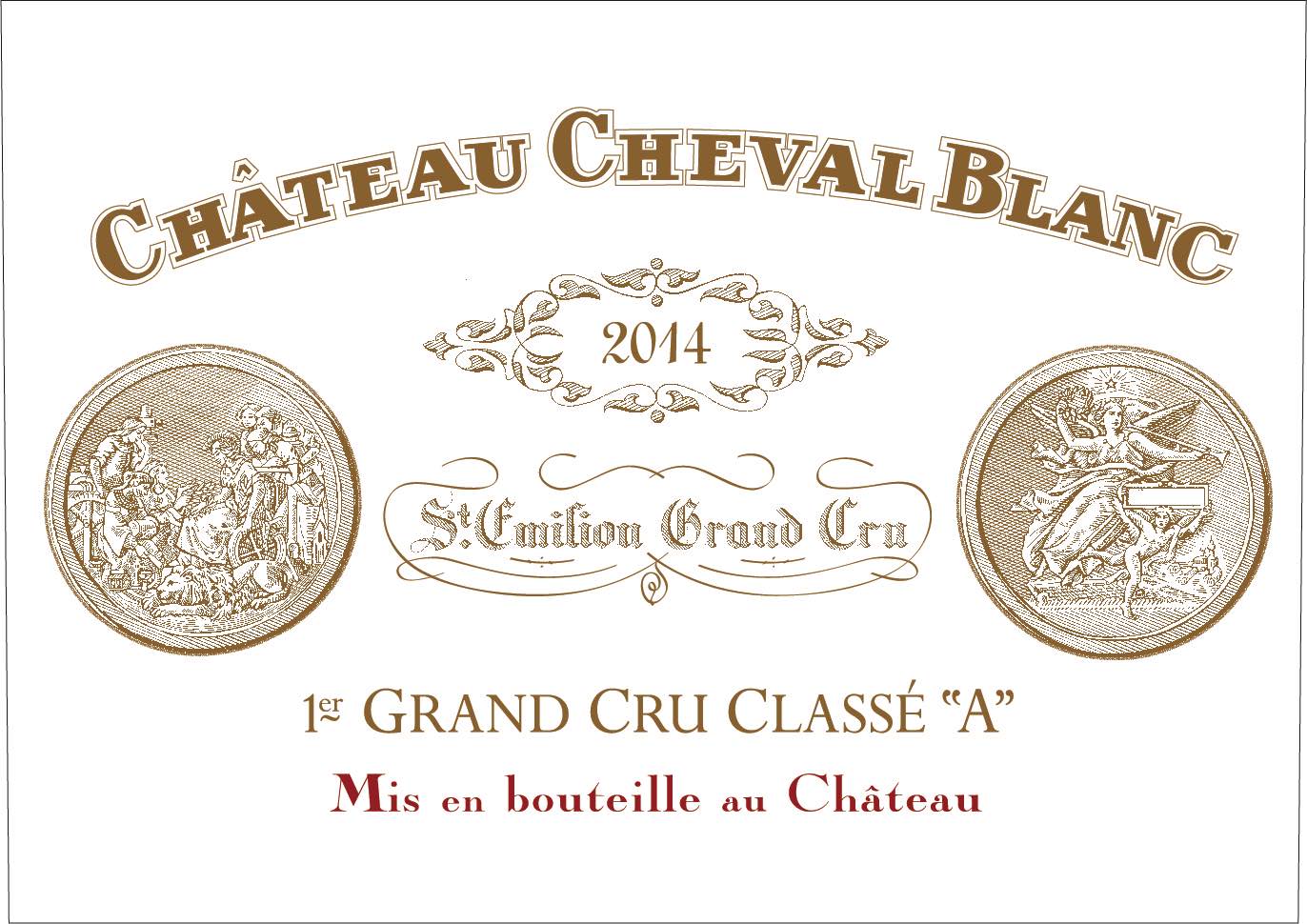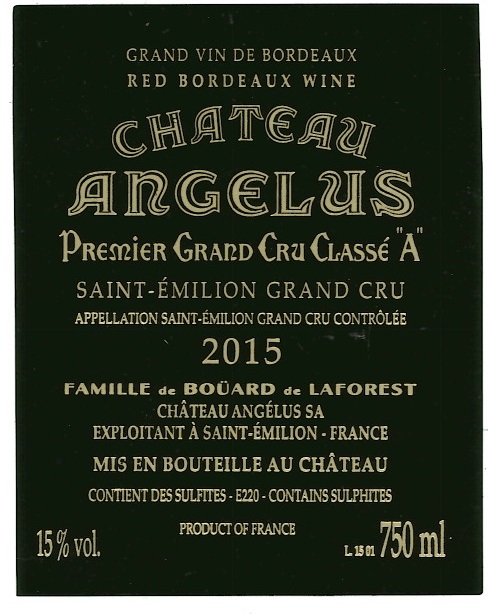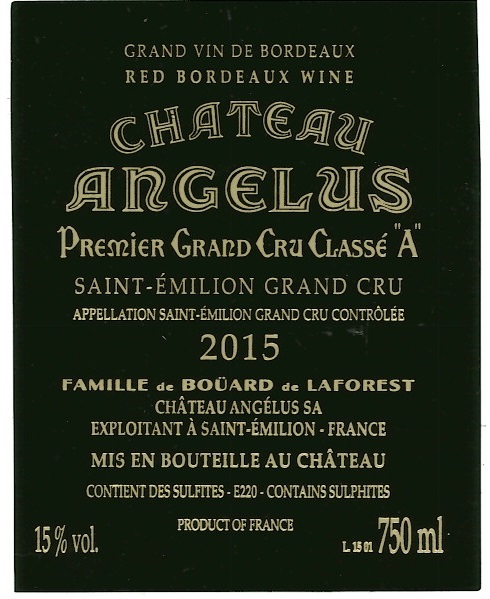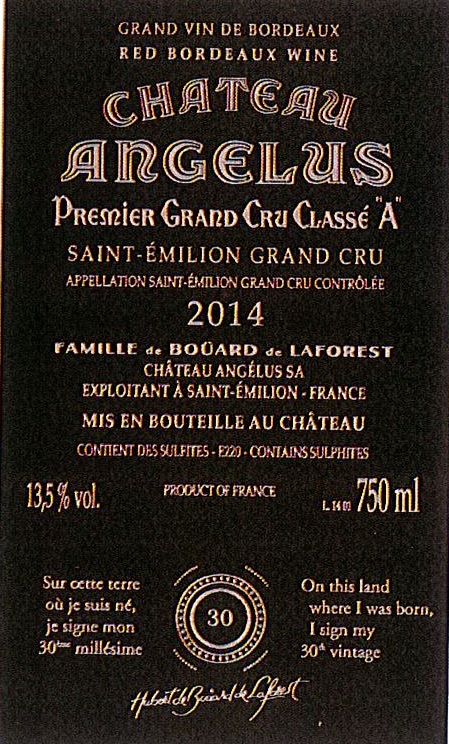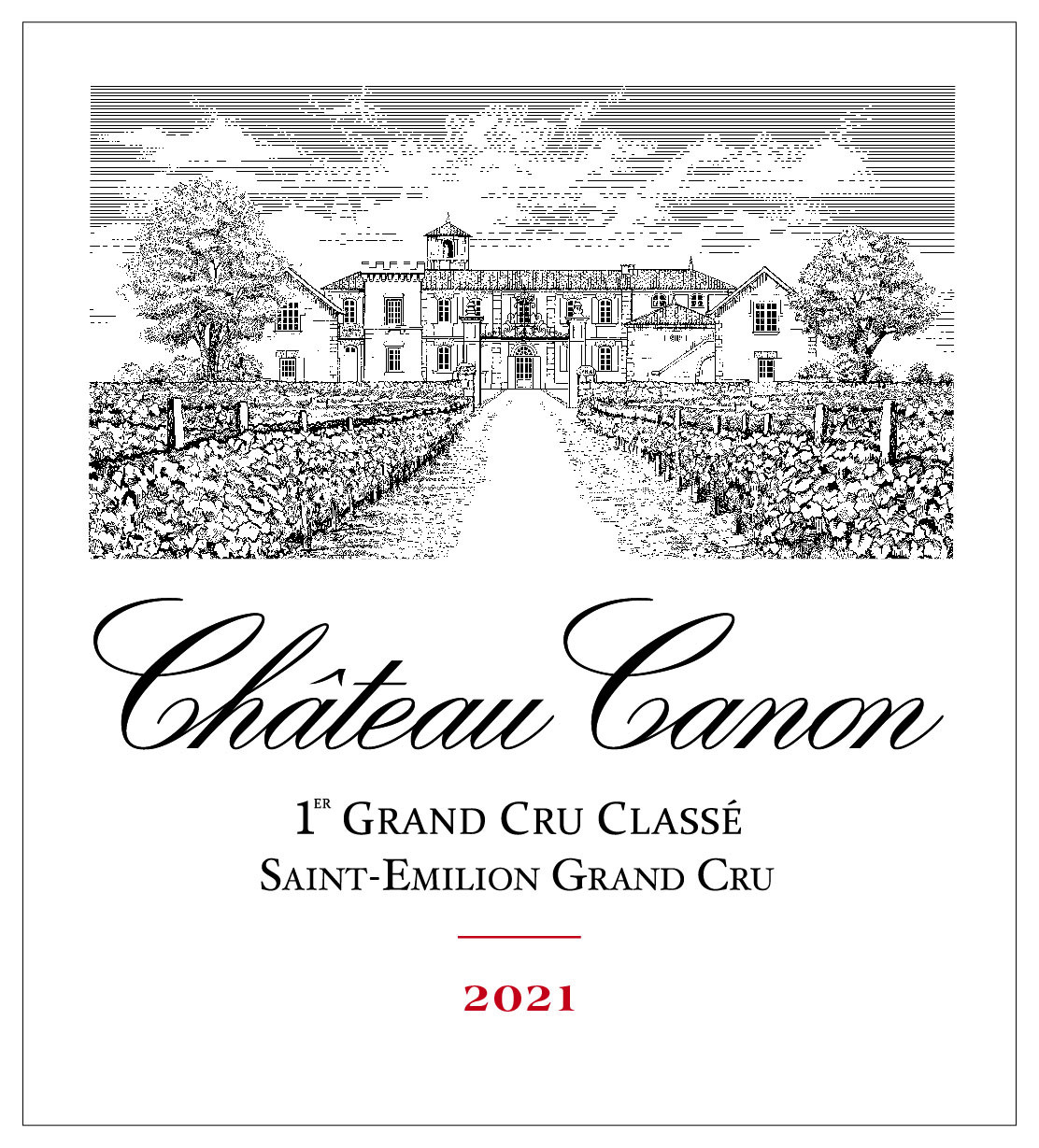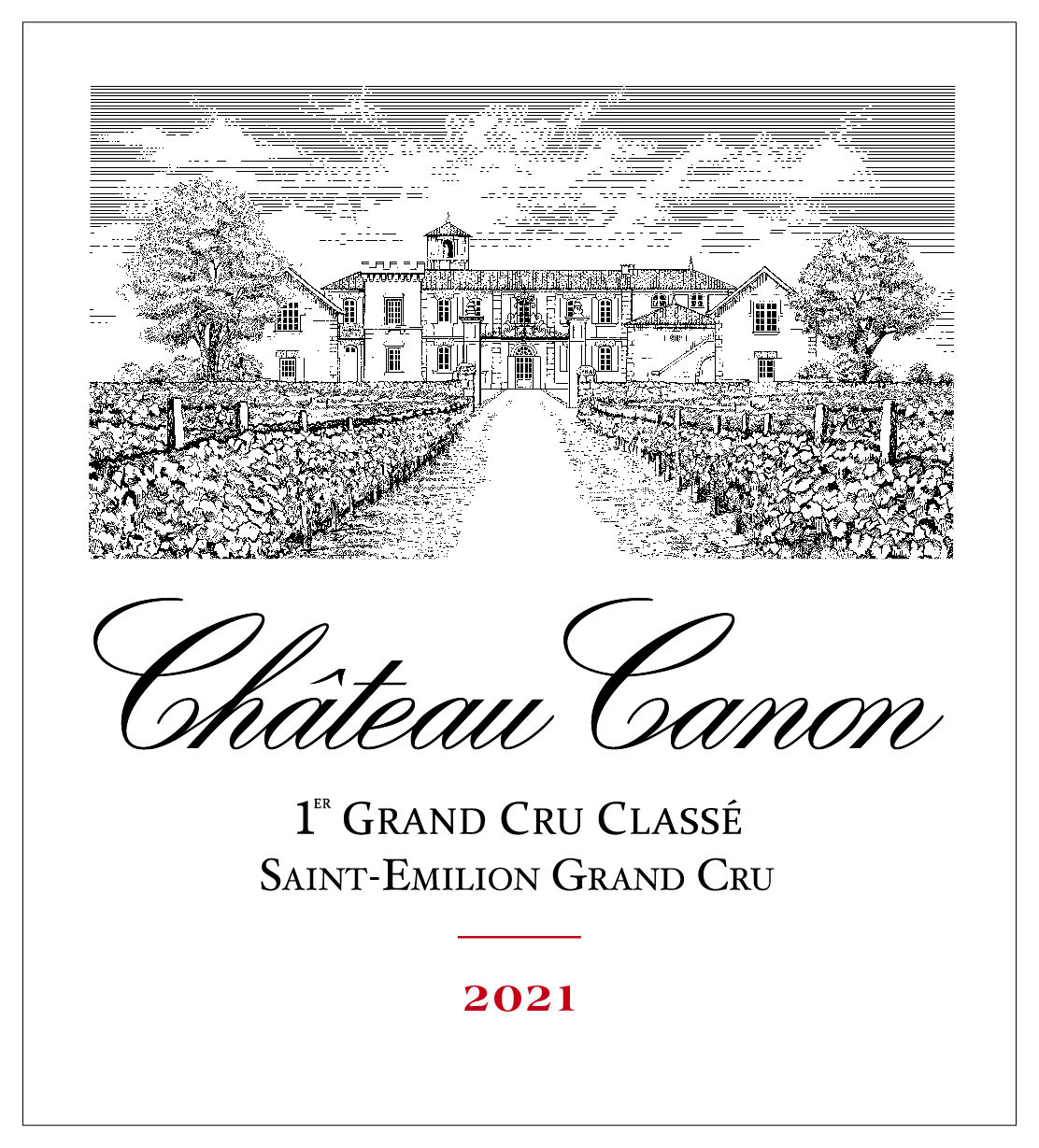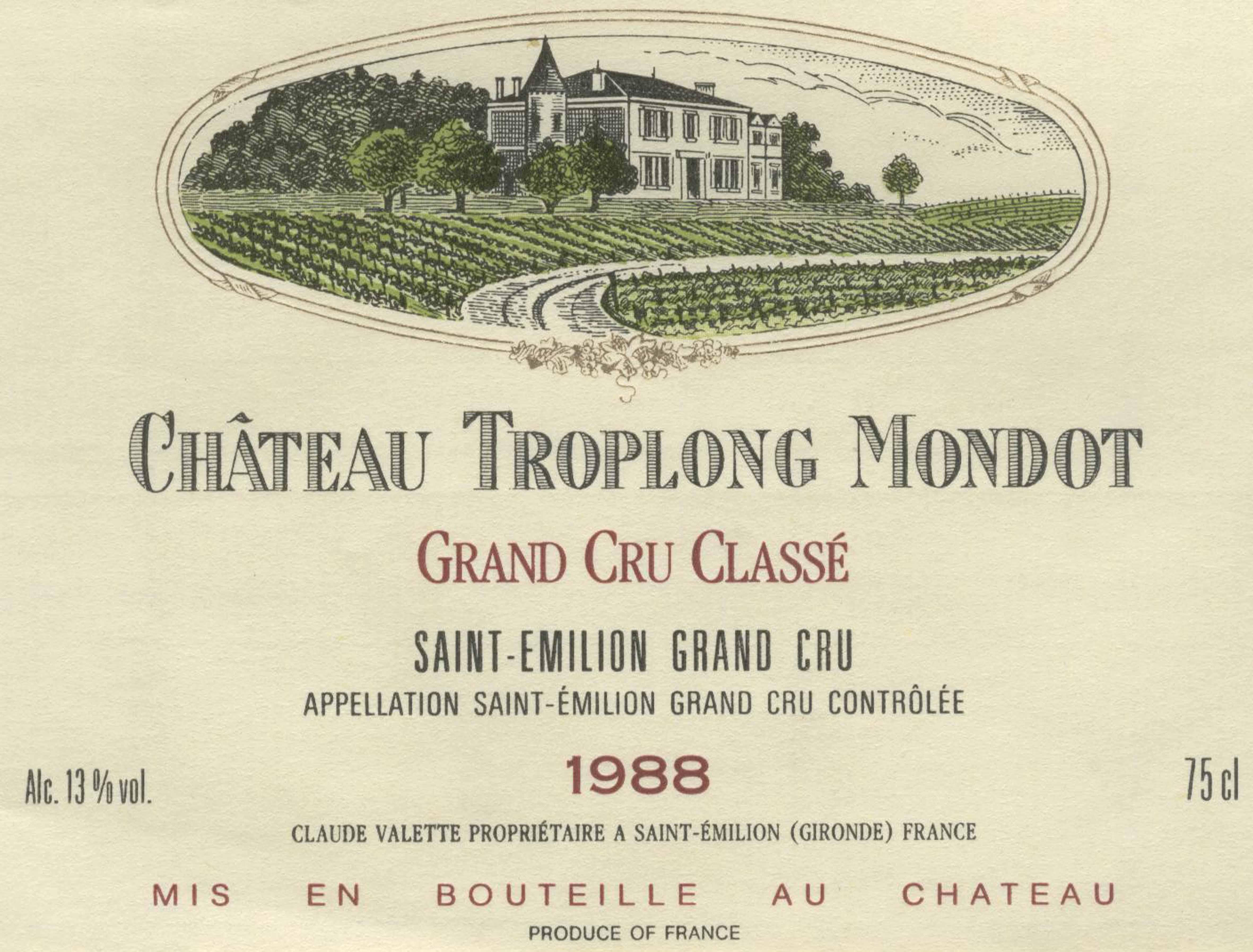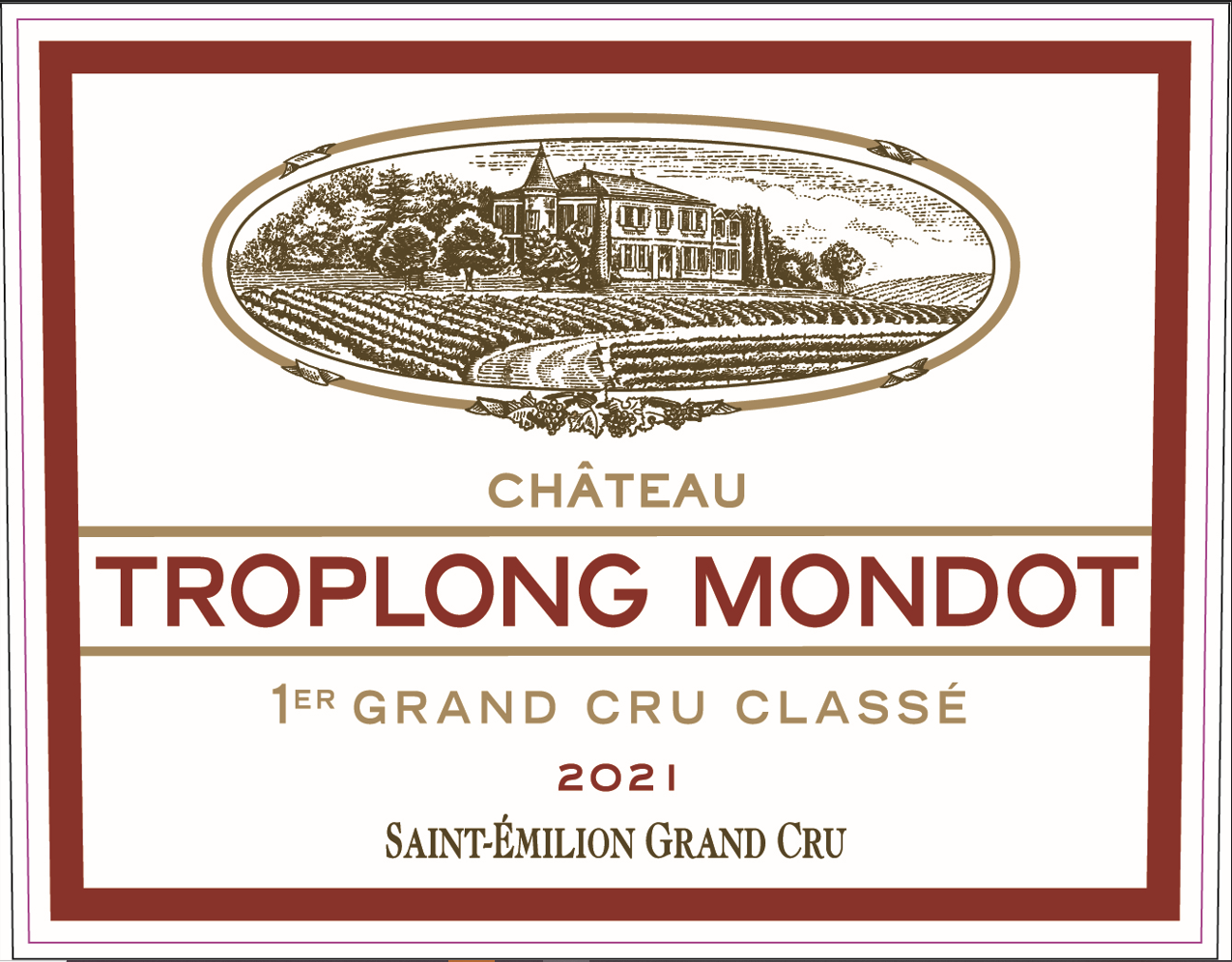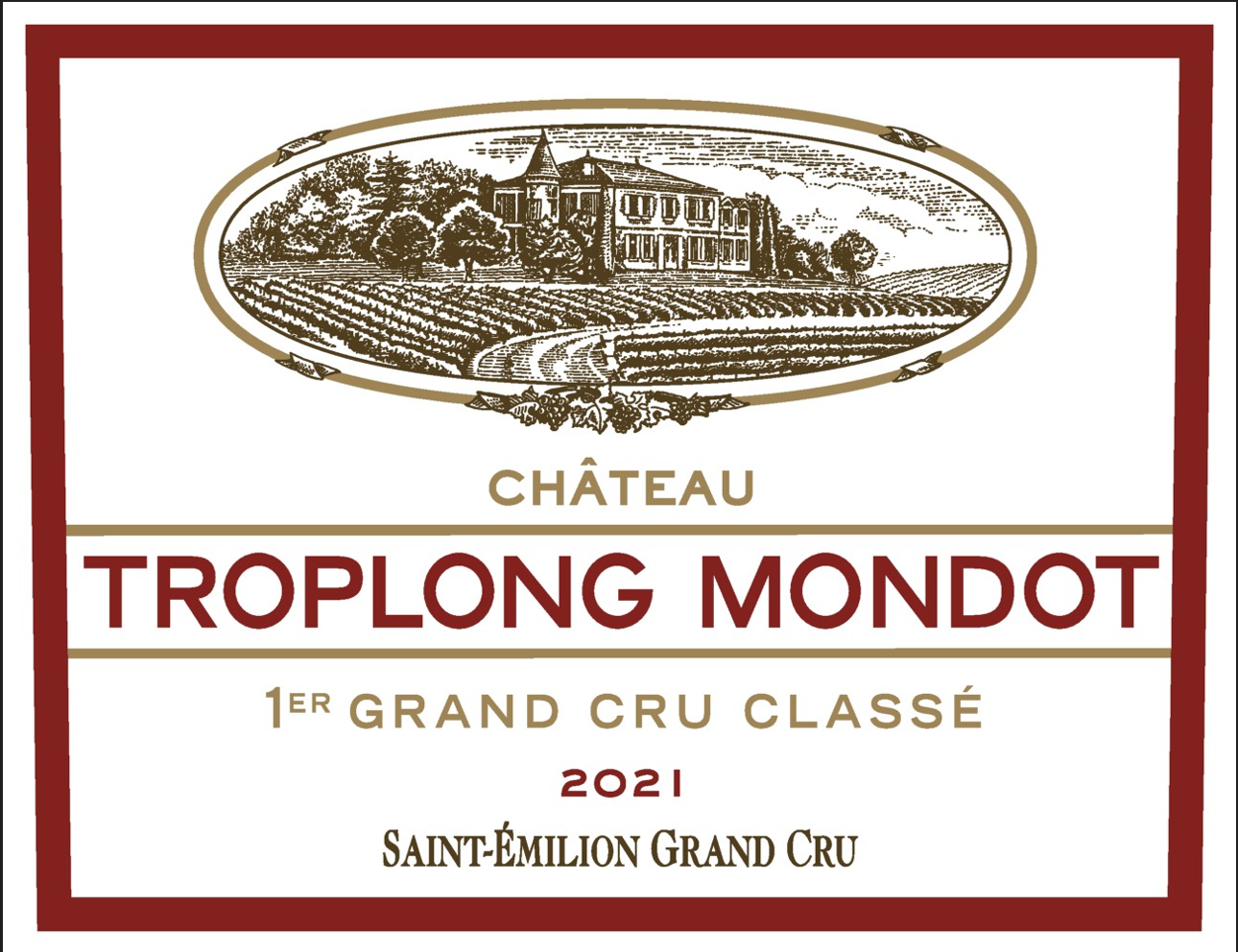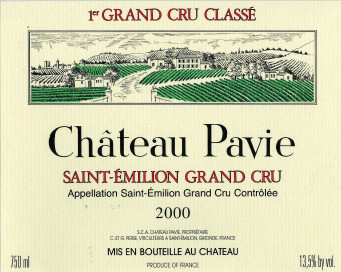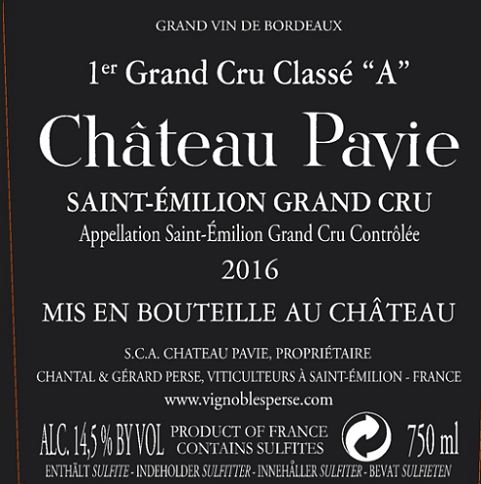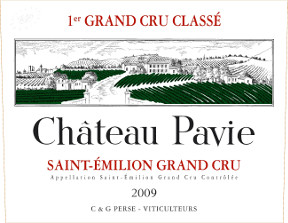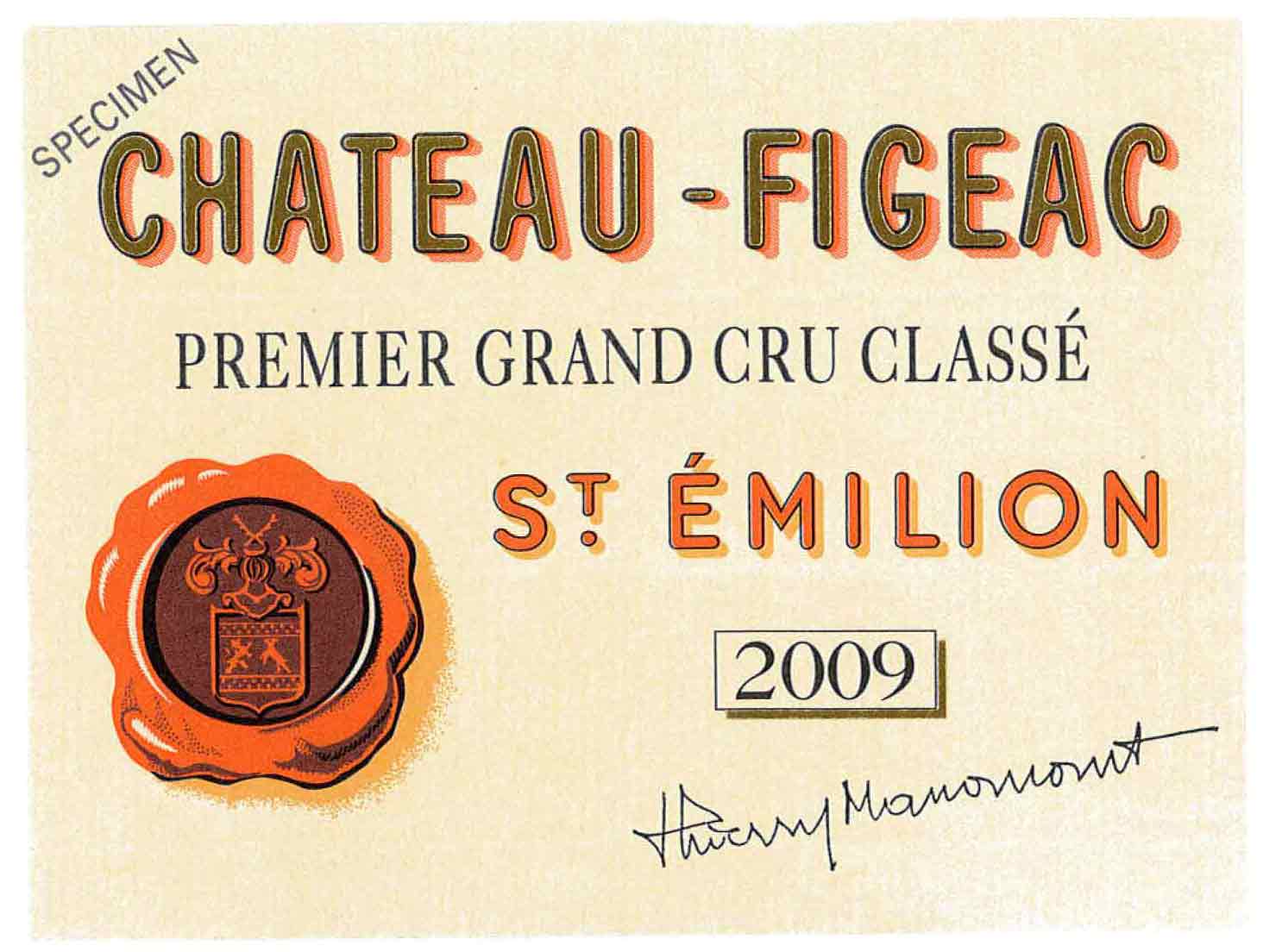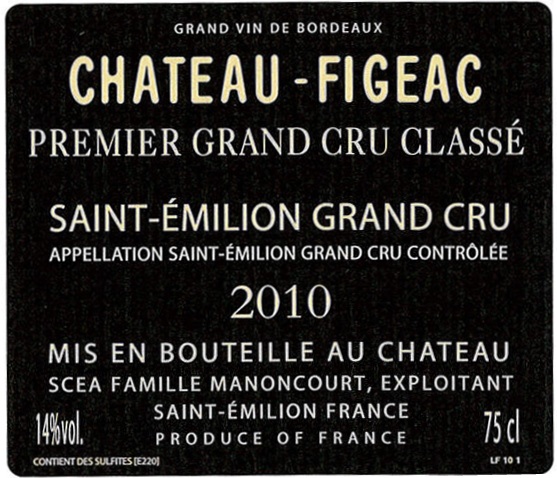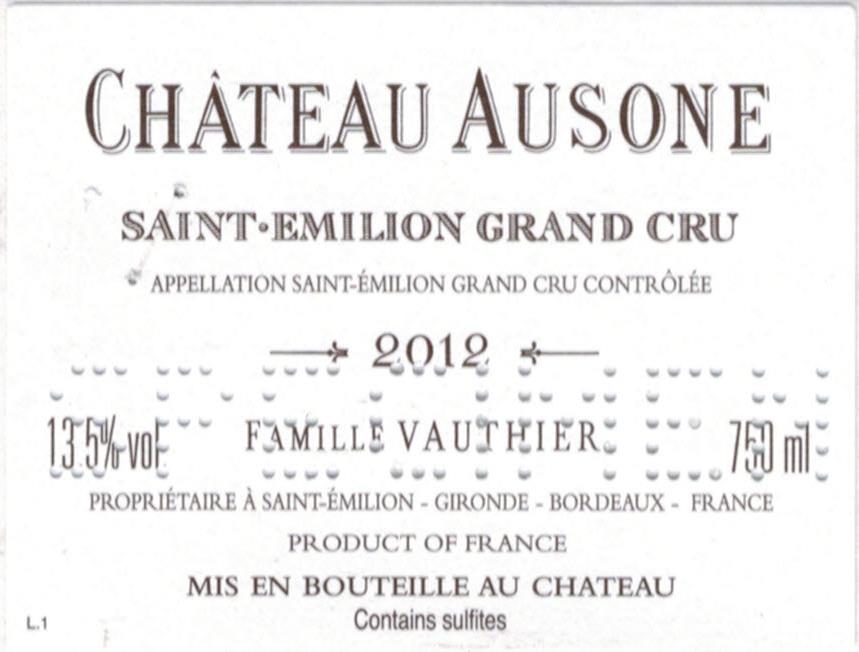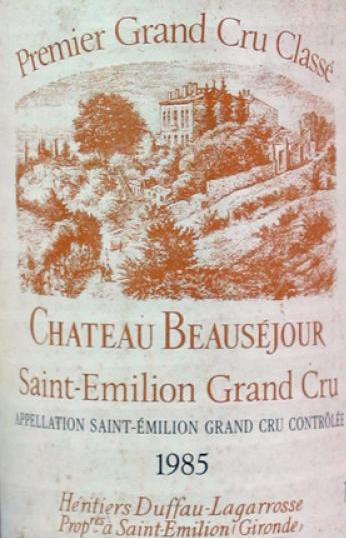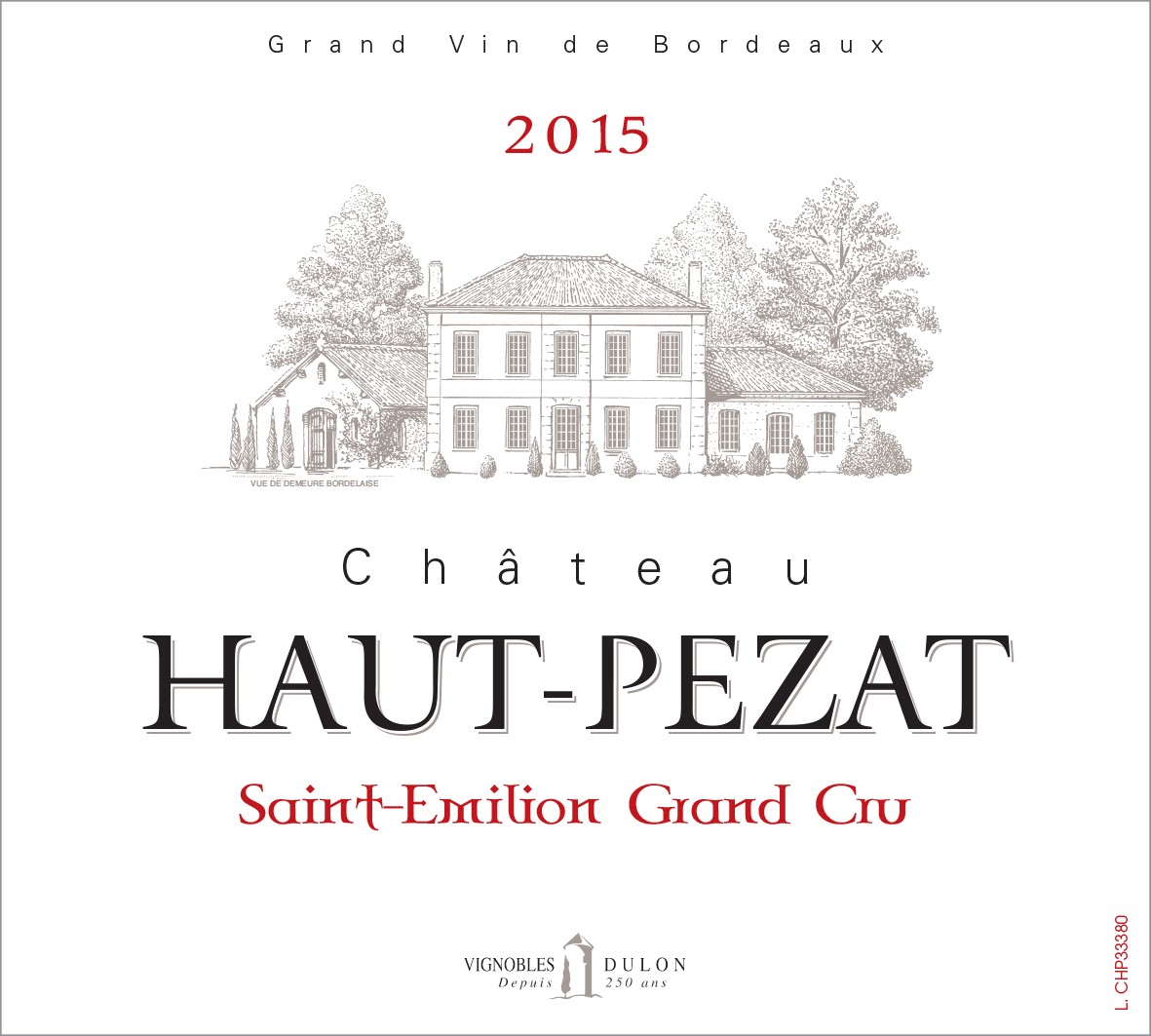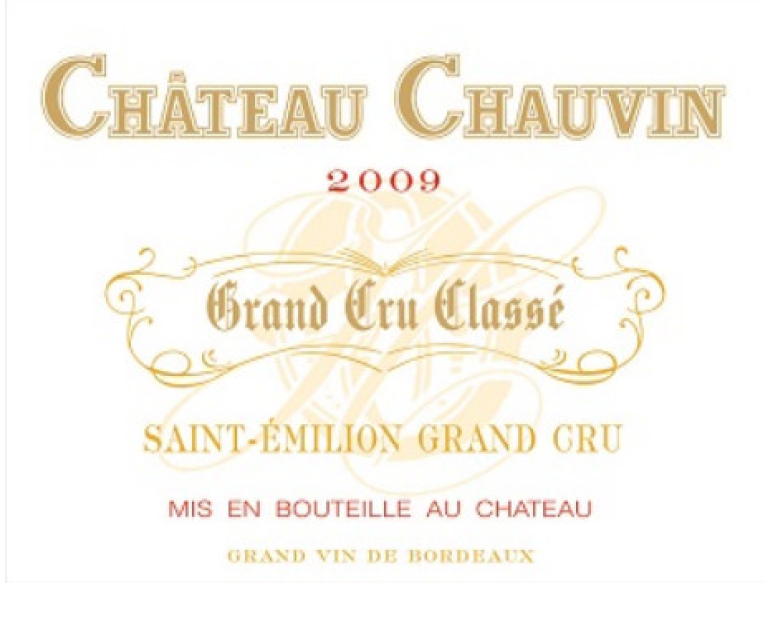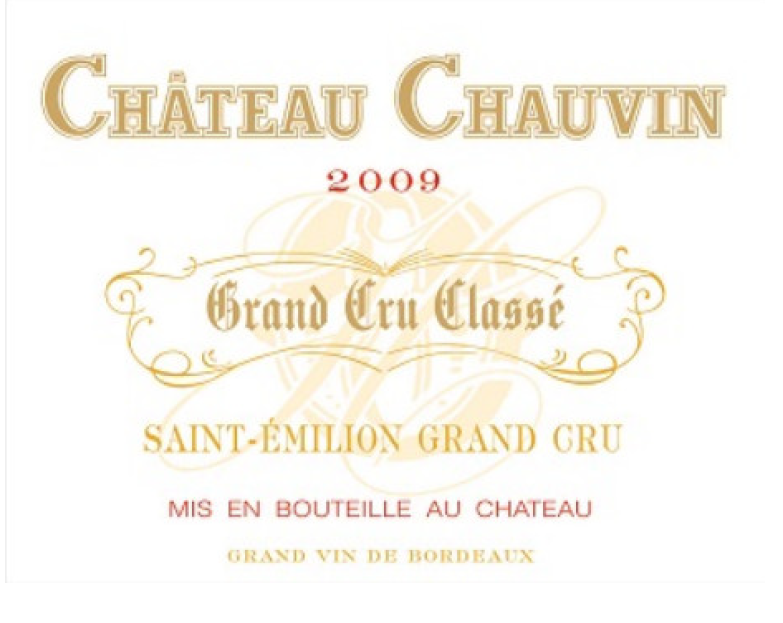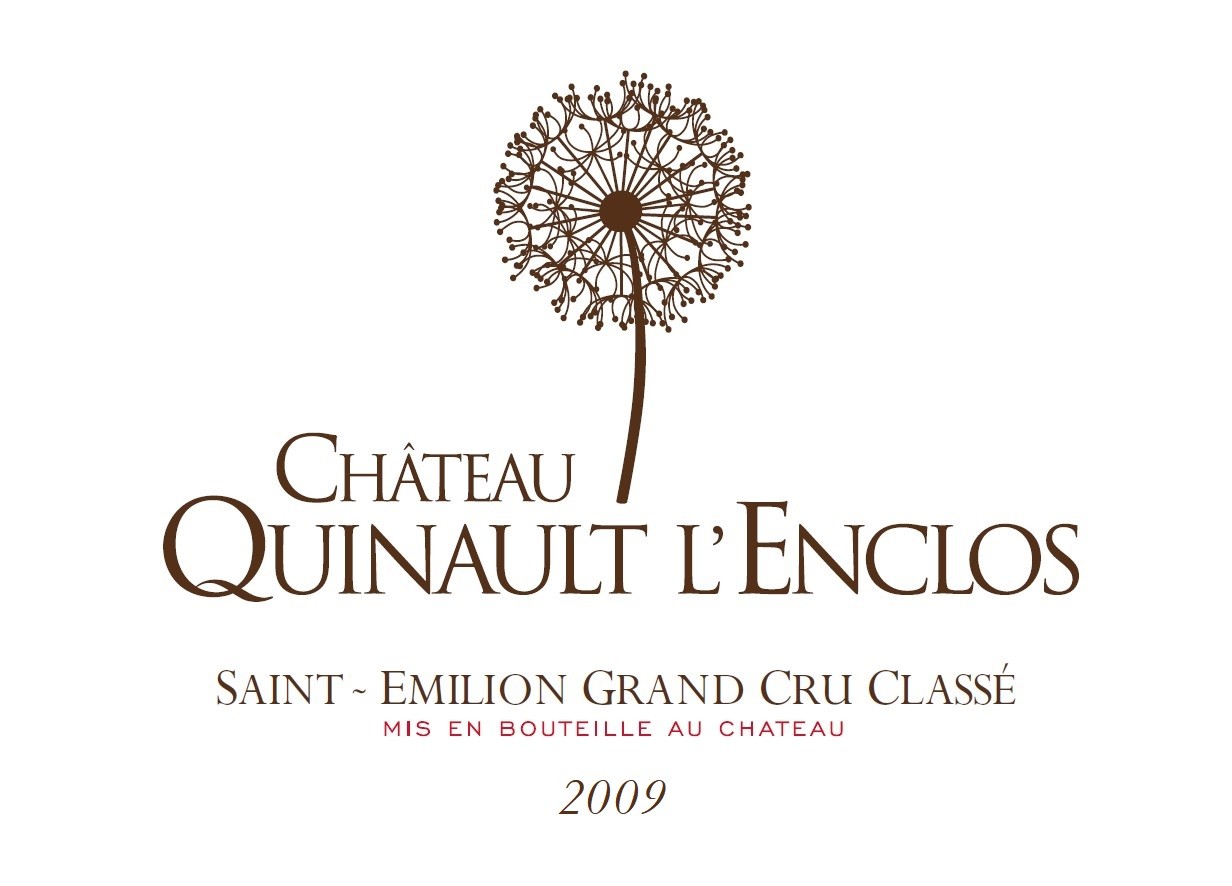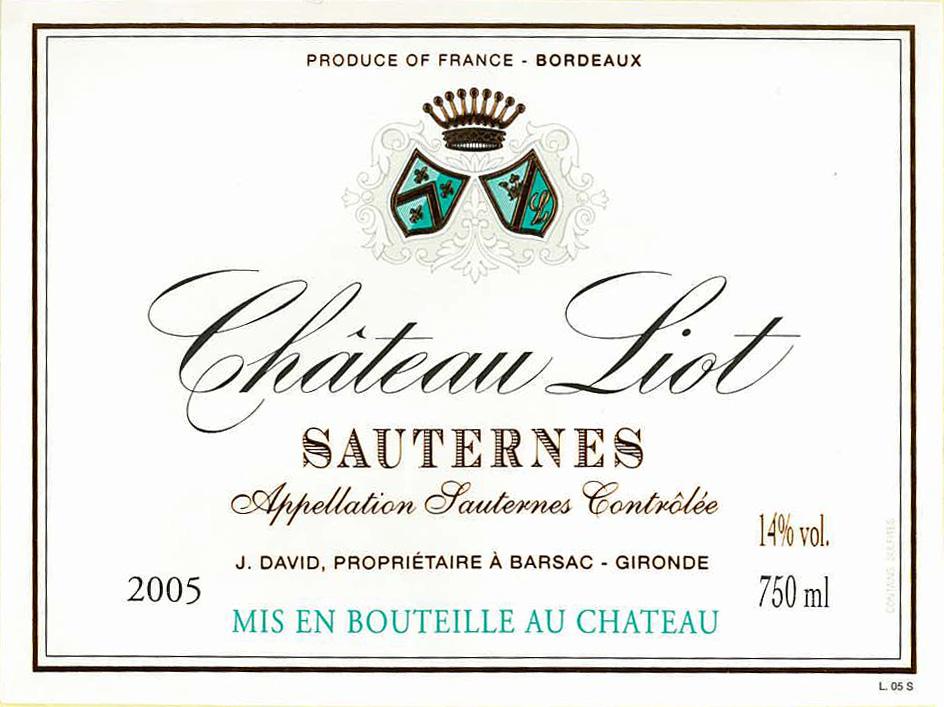Terroir of Saint-Émilion Grand Cru
Saint-Émilion Grand Cru enjoys a classic maritime-Bordeaux climate. It has mild, wet winters and warm summers that stretch into long autumns, ideal for grape ripening. The region receives about 800–900 mm of rain each year, with average temperatures of 12–13°C. These conditions help Merlot ripen well during warm days while cooler nights keep its acidity.
The region's varied terroir includes limestone plateaus on hilltops, which give wines freshness and minerality. Mid-slope clay-rich soils produce deeply colored, full-bodied wines. Sandy-clay and silt on lower slopes result in early-ripening, softer reds. Near rivers, gravelly sands suit Cabernet, offering well-drained, warm soils. This diverse mix of soils, with heavier clay pockets, supports the region's wine variety, creating structured, tannic wines from sunny spots and rich, fragrant wines from cooler areas.
Notable Wineries in Saint-Émilion Grand Cru
The storied vineyards of Saint-Émilion Grand Cru, enveloped in the rich history of Bordeaux's Right Bank, are renowned for producing some of France's most revered wines. Notable estates include Château Cheval Blanc and Château Ausone, famous for their luxurious Merlot/Cabernet Franc blends. Château Figeac stands out with its Cabernet-dominant style, while Château Pavie is celebrated for its rich, powerful wines from steep, varied soils.
-
Château Belair-Monange: Known for its exquisite limestone terroir-driven wines.
-
Château Canon: Offers a perfect balance of elegance and power.
-
Château Troplong Mondot: Famous for its bold and structured wines.
-
Château La Gaffelière: Combines tradition with innovation.
-
Château Valandraud: A pioneer in the garagiste movement.
Visitors can explore these estates and taste their exceptional wines, often aged in historic limestone cellars.
Sustainable Winemaking in Saint-Émilion Grand Cru
Saint-Émilion's vineyards, nestled in the rich history of Bordeaux's Right Bank, are advancing sustainability with commendable efforts. Many estates are adopting local sustainability labels like Terra Vitis and Haute Valeur Environnementale, focusing on natural pest management and careful soil enrichment. Organic and biodynamic farming is on the rise, with châteaux shifting to natural treatments and composting to replace synthetic herbicides.
Water conservation practices, such as rainwater collection and mulching, are helping protect the soils. Energy efficiency is prioritized through solar power and gravity-fed cellars. Lightweight bottles and recycling programs are standard, alongside biodiversity projects like planting hedgerows and installing beehives. These practices aim to preserve the vineyard ecosystem and address climate challenges, ensuring the future vitality of Saint-Émilion's cherished terroir.
Wine Tourism in Saint-Émilion Grand Cru
Saint-Émilion, located in Bordeaux's Right Bank, is a jewel for wine tourism, where history and viticulture converge beautifully. Visitors can explore the UNESCO-listed medieval village, noted for its rock-carved churches and quaint streets lined with cafés and wine bars.
The region offers diverse experiences, from guided tours of châteaux with tastings in historic cellars to scenic vineyard trails perfect for cycling or walking tours. Seasonal events like harvest festivals add vibrant cultural layers to each visit.
Accommodations range from luxurious château hotels to cozy B&Bs, all providing a gateway to the rich local wine culture. The area’s varied terroir—from limestone plateaus to clay-rich slopes—ensures a fascinating exploration of Merlot and Cabernet-based wines.
Sustainability efforts, including organic farming and biodiversity projects, further enhance the experience, offering insights into the future of winemaking in this storied region.



